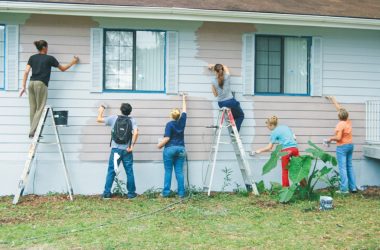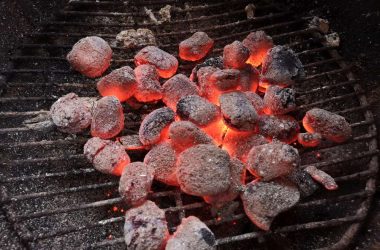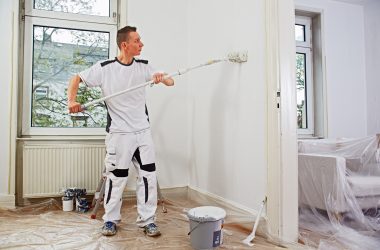Homes with chimneys necessitate greater upkeep than those without. If you’ve recently had a chimney leak or spotted rust spots within your firebox, your chimney flashing may need to be repaired. Masonry fireplaces, whether wood-burning or gas, are inviting fixtures that many homeowners consider to be the pinnacle of a home. Cracks in brick or masonry joints between bricks, on the other hand, are early warning indicators that your chimney is on the verge of collapse. Repairing cracks in your brick chimney can save you thousands of dollars in future repairs and keep you and your family safe by lowering the risk of chimney fires. Small cracks in the summer might grow to be quite substantial by the following spring. Allowing larger cracks in the outside brick to go neglected will allow rain, snow, and ice to penetrate further. The water then starts to seep down, sometimes between the outer brick and the flashing, and other times between the outer brick and the flue.
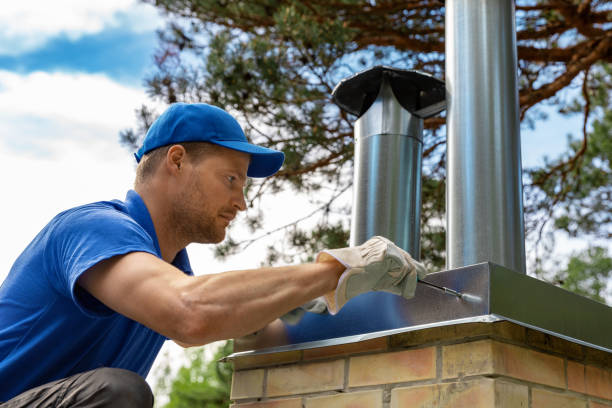
There is always the risk of falling and serious injury when working on a roof, and the higher the roof or the steeper the pitch of the roof, the higher the risk. If you prefer to repair your own chimney, work on a dry day and wear shoes or boots with firm-grip soles. Working on a damp roof is never a good idea. When working on a roof, try using a safety harness, also known as a fall-arresting harness, especially if the roof is steep or high. A steel ridge anchor tied to the house’s peak, a body belt that fits across your back and hips, and a cable with an automated locking mechanism that stops you from falling a great distance are all included in the kit. Home improvement businesses and tool renting outlets rent autumn harnesses.
Cracks in a brick chimney that extend from the flue to the exterior are one of the causes of frightening and devastating phenomena known as a chimney fire. Chimney fires can start quickly, with witnesses describing an explosion followed by a sound akin to that of a freight train. Only the fire service can put out a chimney fire once it has started since it must be extinguished from the top down. The excellent thing is that a do-it-yourselfer may easily repair cracks in a chimney’s brick, mortar, crown, and top with only a few simple tools and materials. Because some of the components require a few hours of curing time, choose a warm, dry day for this project.
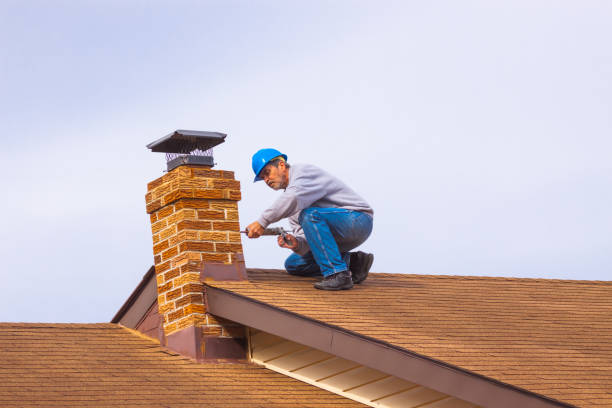
Bricks that have been severely damaged should be completely removed and replaced. A single brick can be carefully removed without damaging nearby brickwork. Slowly chip away mortar between the bricks with a masonry chisel or an old flat-head screwdriver. Boring holes in the mortar with a drill and masonry bit will speed up the process and allow you to reach further back. For further help, you may also consider checking out Chimneygenie.

